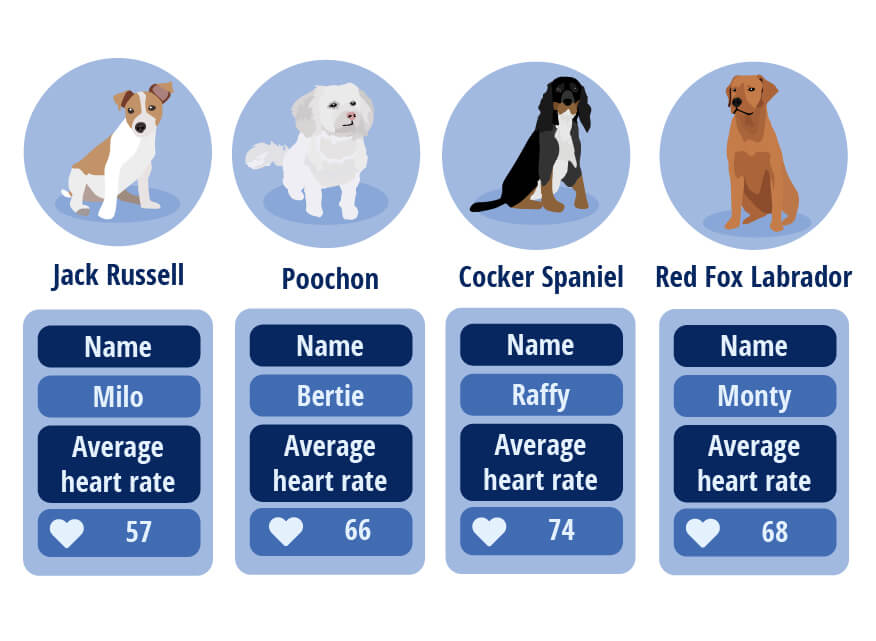The Burrow

If you are driving with your pet in the car, it’s important they are safely secured. Not only can you face hefty fines for not doing so, but you also put yourself, your pet and other road users at serious risk. It only takes a moment for your pet to distract you while driving and cause an accident that leaves you or others with serious injuries.
As experts in comprehensive car insurance, we understand the importance of safely securing your pets. This not only helps keep them, you and others safe, but also means that your policy may cover you if there’s an accident you need to claim for.
If you have a collision and it is determined that you were distracted due to an unrestrained pet in your vehicle, it’s possible that your car insurance claim could be denied. To avoid this from happening, always safely secure your pets while driving – either in an enclosed crate, with a seatbelt-to-lead attachment, or another recommended method.
If you regularly drive with a pet in your vehicle, it’s a good idea to check the Product Disclosure Statement (PDS) from your insurer. It will outline any restrictions, limits or exclusions in your policy and help you to better understand what you could be covered for.
Safe placement of your pet aside, there are also other ways to minimise the risk of an accident at the paws of a pet like keeping them calm. A relaxed animal will be less likely to cry or show other signs of distress that tempt you to give them a comforting pat, which could take your eyes off the road and your hands off the wheel. Luckily, we’ve done some research to determine how to best keep them calm while in a vehicle. As it turns out, where your dog sits in the car can play a huge part in how happy and relaxed they are.
If you’ve noticed your dog feeling anxious whilst on a road trip, then read on to discover the best places in the car for them to sit, as well as top tips on how to travel with them safely. That’s not all, check out our very own ‘Pooch Perfect Cars’ playlist on Spotify, paw-fect for helping to ease nerves when in the car.
Using heart rate monitor collars, we studied four different dog breeds of varying sizes: Jack Russell (Milo), Poochon (Bertie), Cocker Spaniel (Raffy) and Red Fox Labrador (Monty), to determine which areas of the car they feel the most (and least) comfortable when travelling.

We took their average heart rate and placed them in four different areas of the car: front seat, back seat (with and without owner view) and the boot, on five different occasions, to track the changes in heart rate and reveal which locations had their tails wagging and which should probably be avoided.
The data from the four dogs showed that they felt the most comfortable when they sat in the back seat with their owner in view (heart rates decreased by 9.5% from their baseline) and when they sat in the front seat (-6.8%).
In contrast, dogs’ heart rates were higher when they couldn’t see their owners – with heart rates the highest when in the boot (a +20.4% increase from their baseline).
We spoke to Clinical Animal Behaviourist Rachel Rodgers MSc, BSc (Hons), PGCE, who explained that the humans dogs live with are often their main social group, so the last thing they want is to be taken away from their owners. With a car boot being especially isolating, it removes the ability to see the person they rely on as a comfort mechanism, which can cause them to feel anxious and alone.

Rodgers advised that for puppies and young dogs, car-related anxiety is quite common. Often, their first experience of being in a car is when you take them home, which is also typically their first time away from their mum and siblings.
Additionally, Rodgers explained that a 2012 study by Mariti et al., found that 24% of dogs find car travel a negative experience, and so it can potentially be a problem for roughly a quarter of pooches.
Dogs who are picked up in a rough manner, or are expected to jump into the car themselves, can start to find the vehicle aversive; this can be because when they see it, they can view it as an unpleasant, and sometimes, even painful experience.
If your dog is on the larger side, and you can’t pick them up safely, then invest in a dog ramp. This will prevent the repeated pressure on their joints from having to jump up and onto a potentially hard surface, which will help protect them from conditions like arthritis in the future.
Whether you opt for a crash-tested crate, or a harness/seatbelt combination, ensure the equipment you choose for your pup has been rigorously tested, and are fit for purpose to protect them, should the worst happen. Check the labels for safety information.
Try to encourage them to go to the toilet before you embark on your journey, so you don’t need to make a stop part-way. Also, place soft blankets in your car so your dog can rest. After all, cars jolt and your pooch will move around, but padding will protect them from knocks and bumps, and encourage them to settle, curl up, and enjoy the ride.
Hopefully, these tips will help both you and your pooch to enjoy all of the road trips you’ll have together. However, if the thought of a long car journey still makes your best friend feel a little anxious, then why not try our Spotify playlist, specially designed to help ease their nerves? Enjoy!

Brought to you by Compare the Market: Making it easier for Australians to search for great deals on Car Insurance.